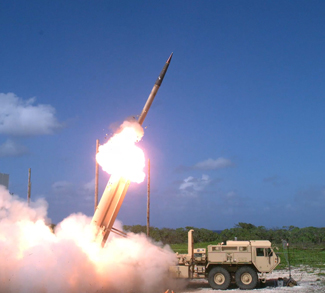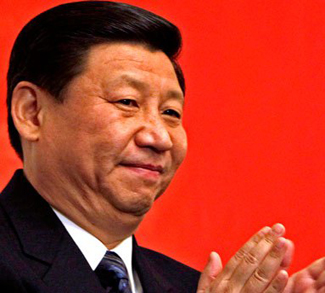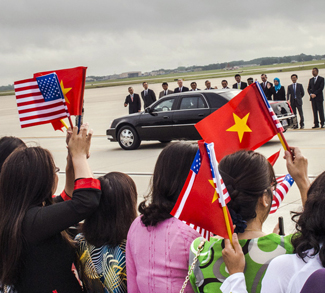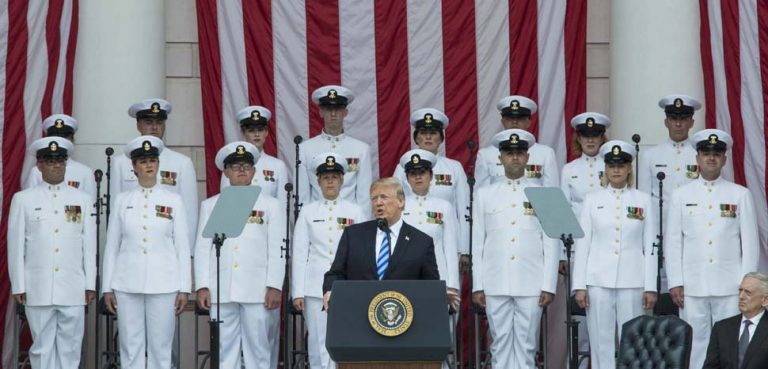Summary
The US began to deploy the first elements of its Terminal High Altitude Area Defense (THAAD) anti-missile system to South Korean territory, just hours after North Korea tested four ballistic missiles on Tuesday 7 March. The military impact of THAAD in South Korea vis-a-vis China, North Korea, and Russia is expected to significantly raise tensions between the nuclear powers and on the Korean peninsula itself. But it comes after a prolonged period of increasingly bellicose and erratic North Korean behavior, and a possible decline in Chinese influence over the regime in Pyongyang.
Beijing halted coal imports from its impoverished neighbor late last month, ostensibly in response to an intermediate-range ballistic missile test conducted by North Korea in February. The Chinese ban followed the assassination of North Korean leader Kim Jong Un’s estranged half-brother, Kim Jong Nam, at Kuala Lumpur airport on February 13. Jong Nam was seen by some as living under Chinese government protection. But while the Trump administration has welcomed China’s moves to implement UN sanctions against the North over its nuclear and missile testing, it says Beijing could do more to reign Pyongyang in. The THAAD deployment is therefore going ahead, over the forceful objections of Beijing, which fears an erosion of its own nuclear deterrent vis-à-vis the U.S. and its regional allies.
Background
The end of the affair. Tensions have been rising between Seoul and Beijing since last year, when South Korea decided to allow deployment of the THAAD. China maintains that the weapon will shatter the regional security balance; Seoul is fed up with China’s half-hearted enforcement of UN sanctions against North Korea. The increasing sophistication of the North’s missile program and provocative behavior of the Kim Jong Un regime have also combined to drive South Korean foreign policy in a more pro-American direction of late. This comes after years of an apparent rebalancing toward a more neutral, triangular alignment between Beijing and Washington.




